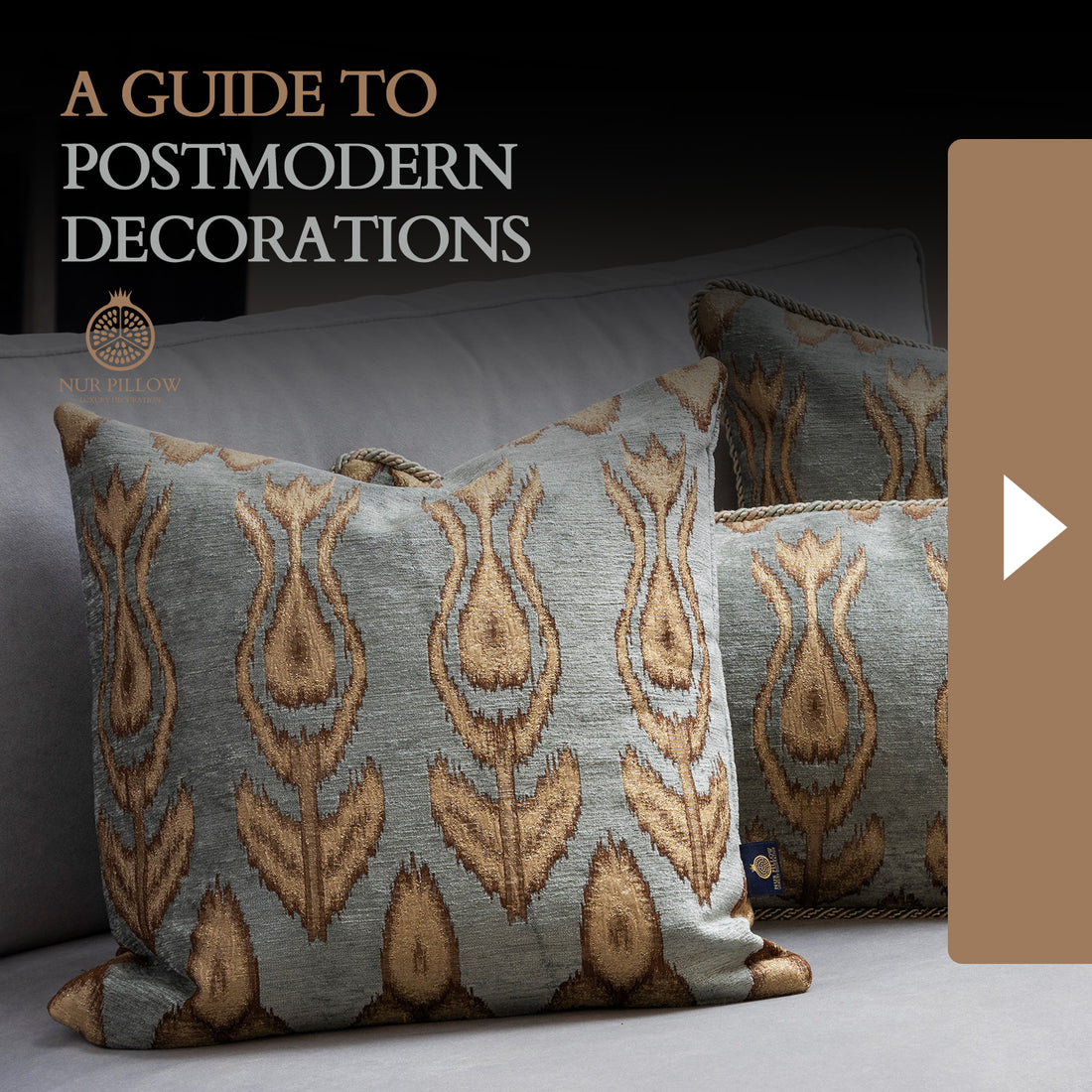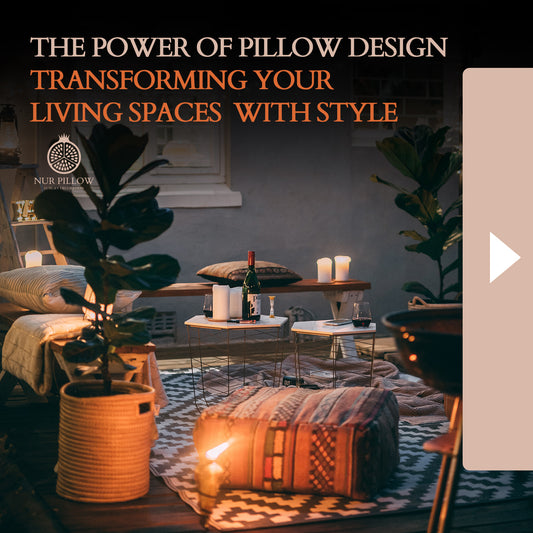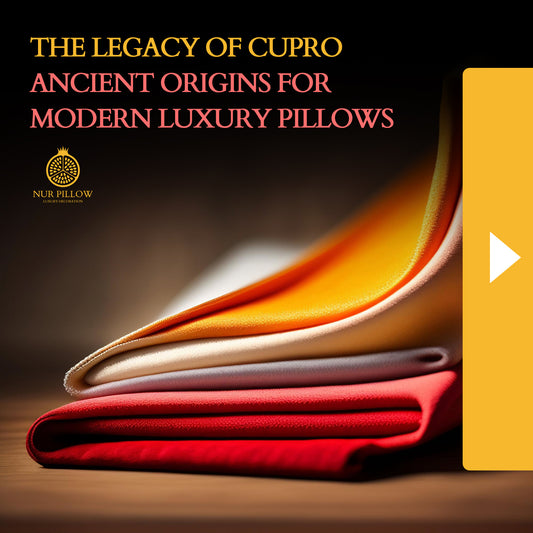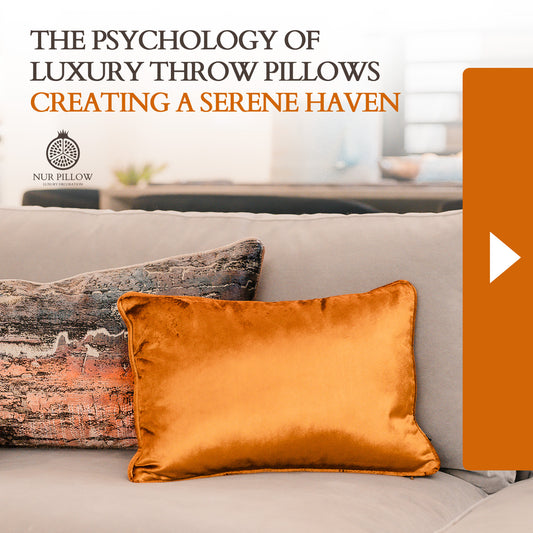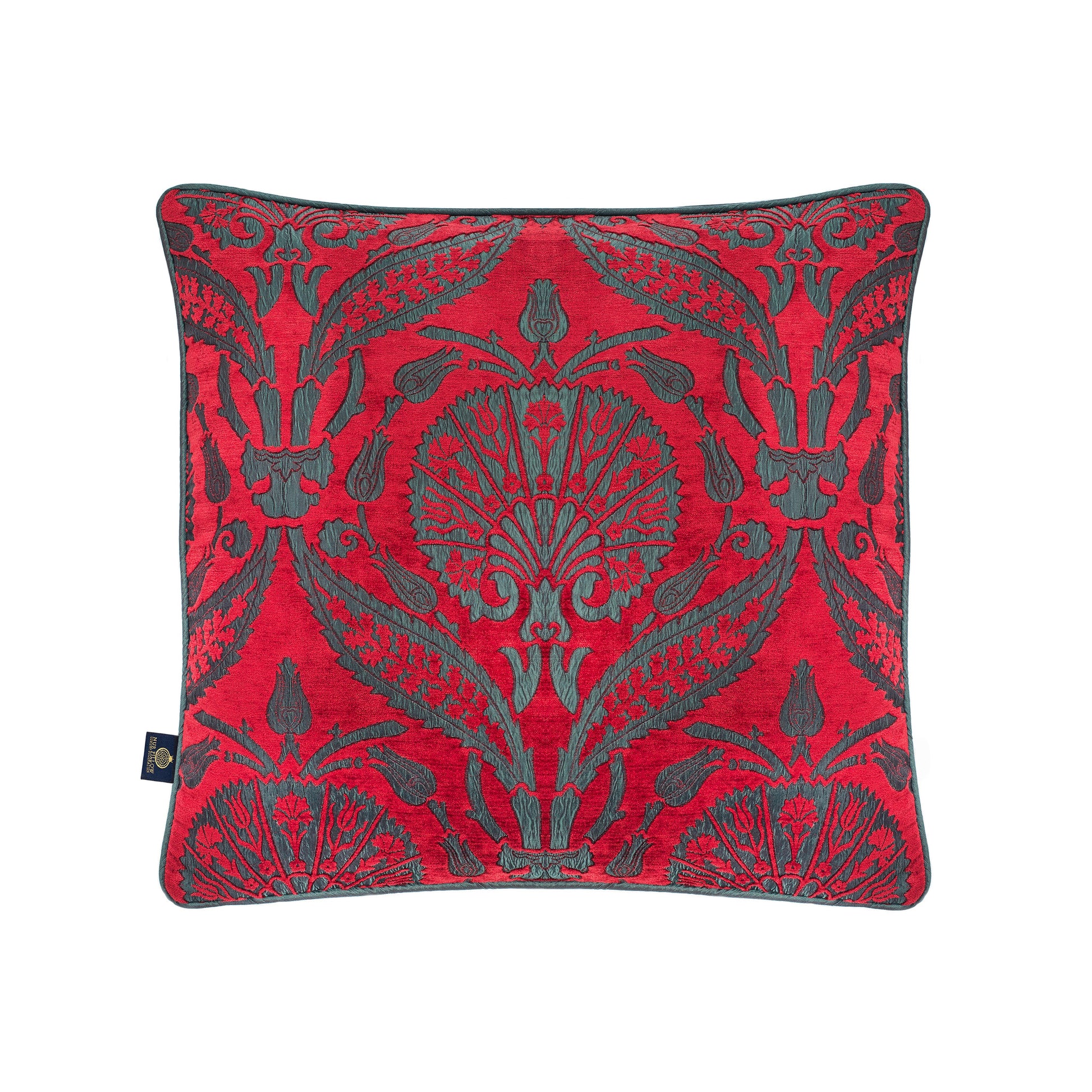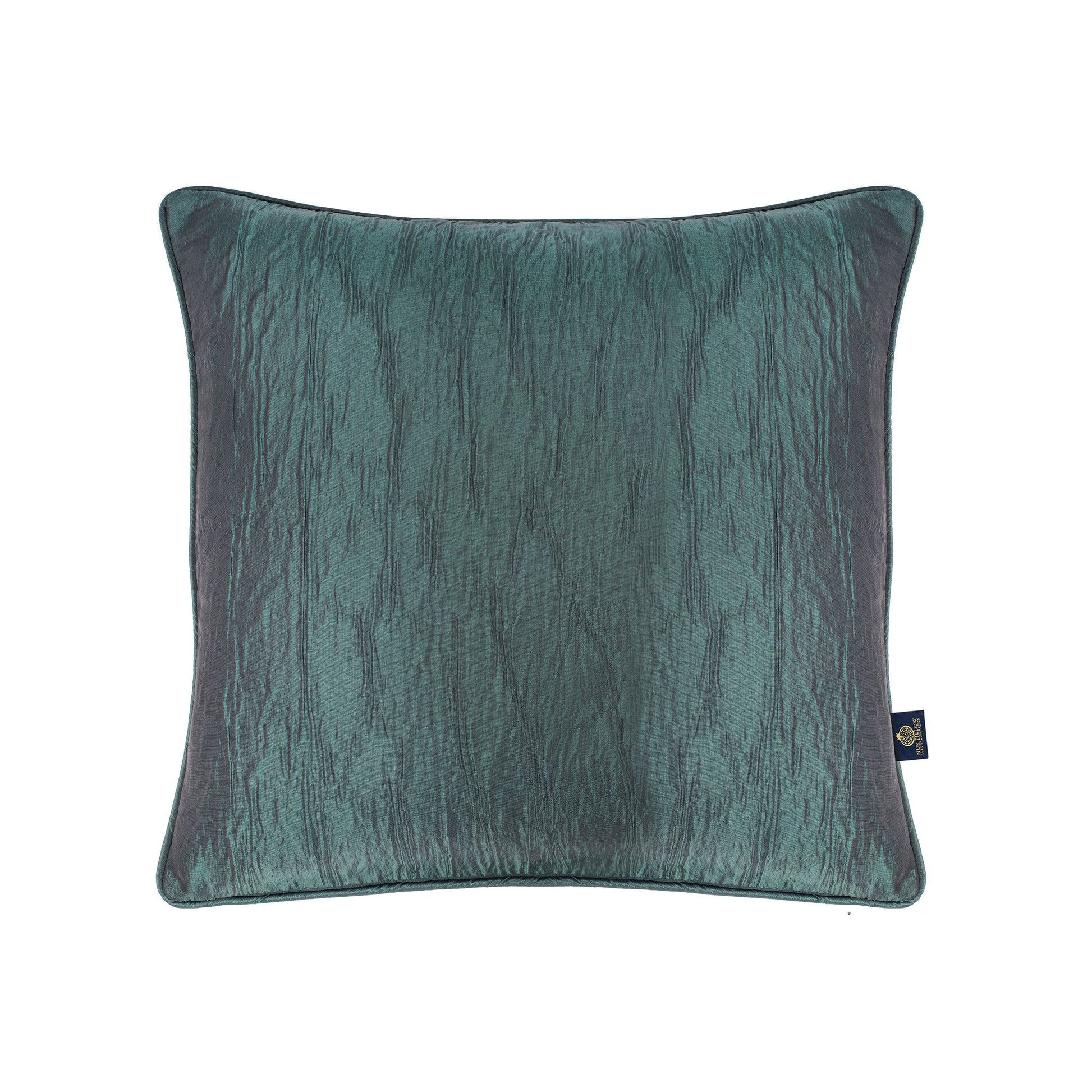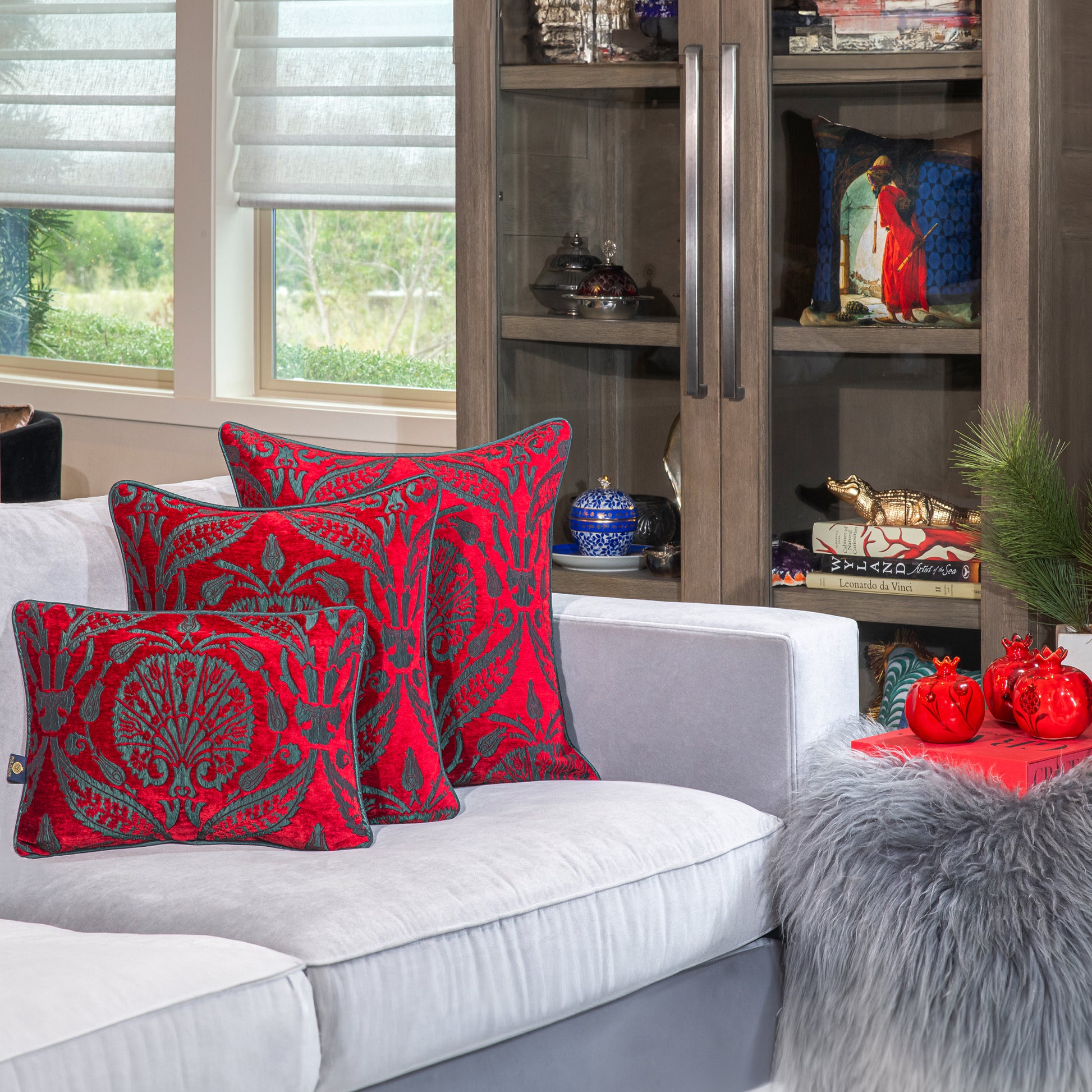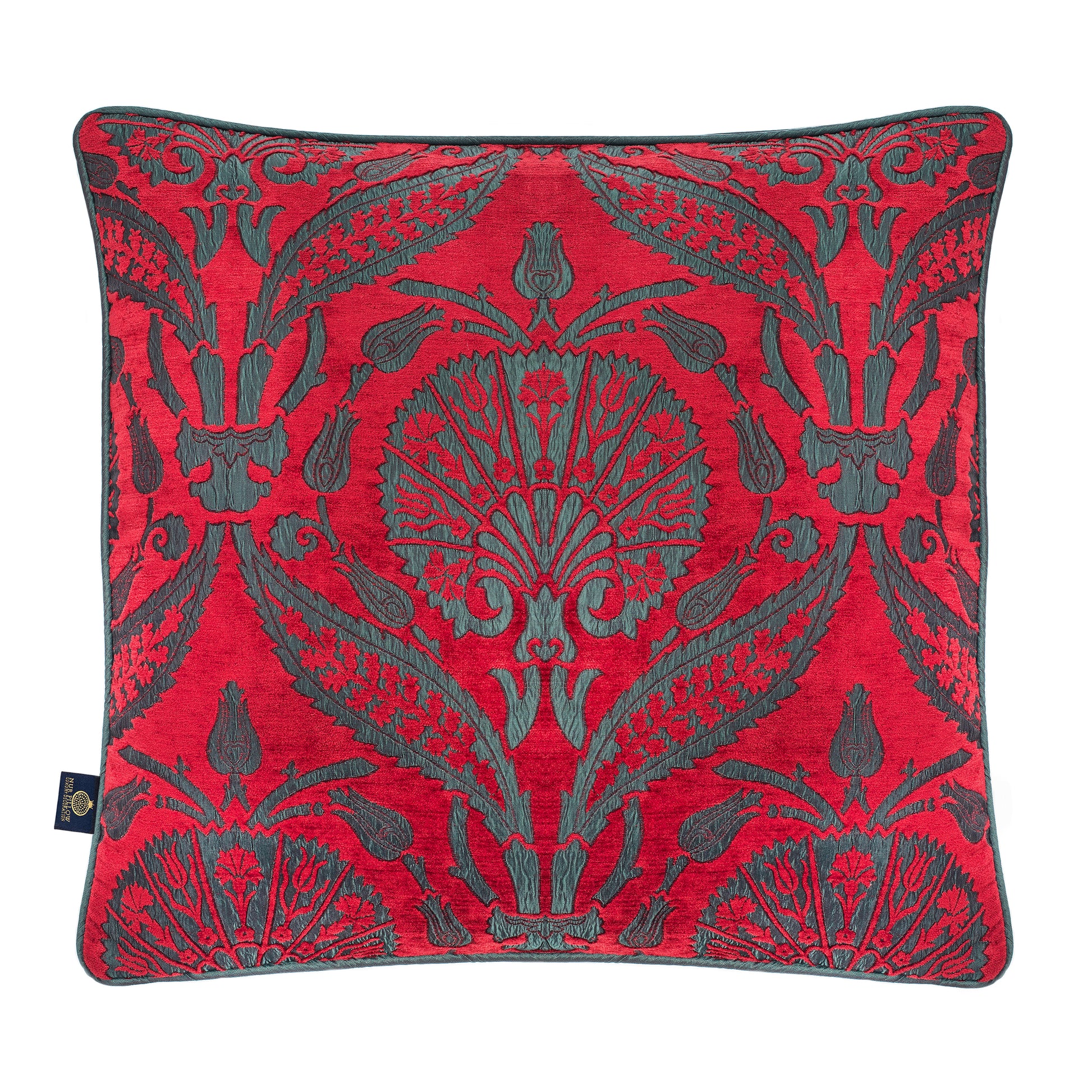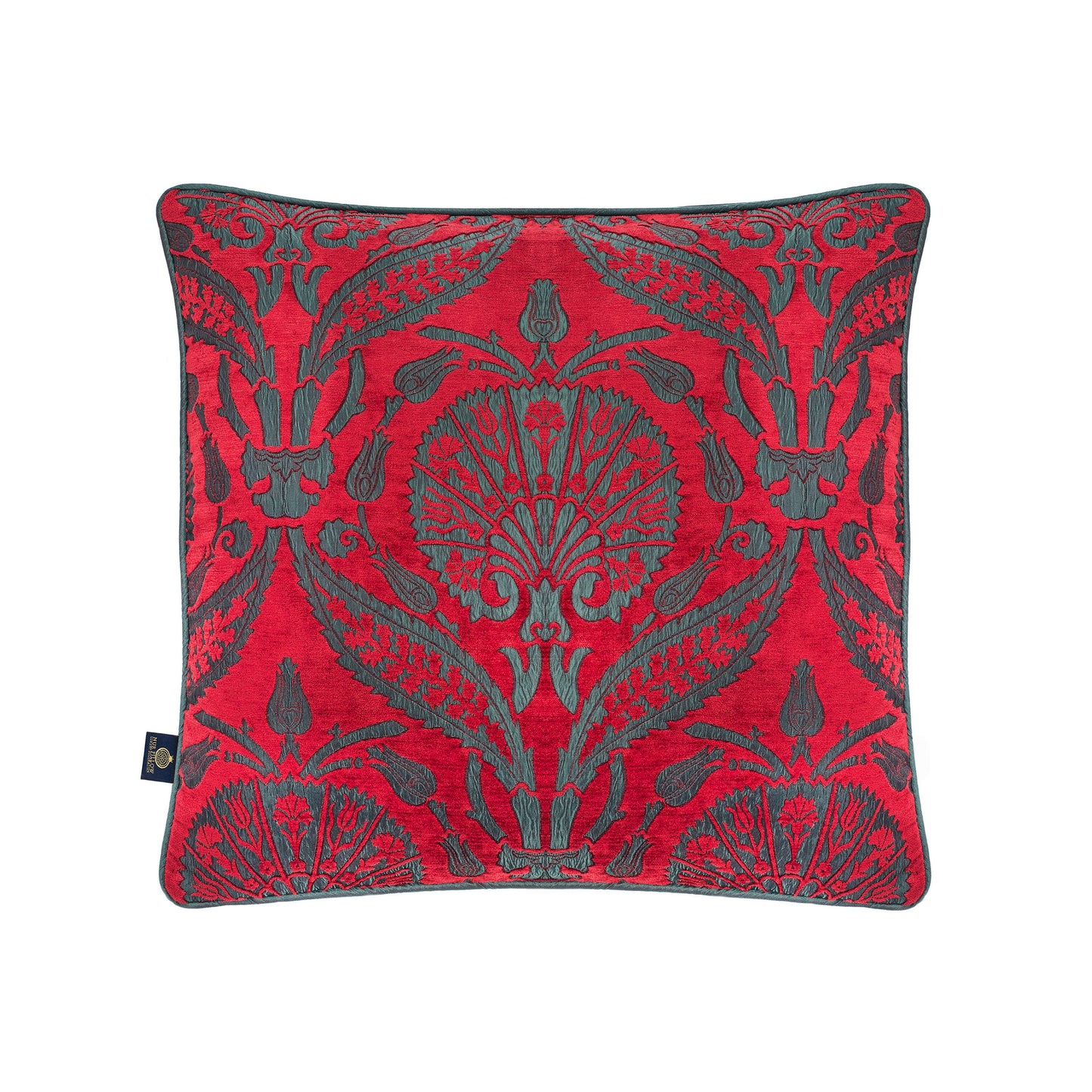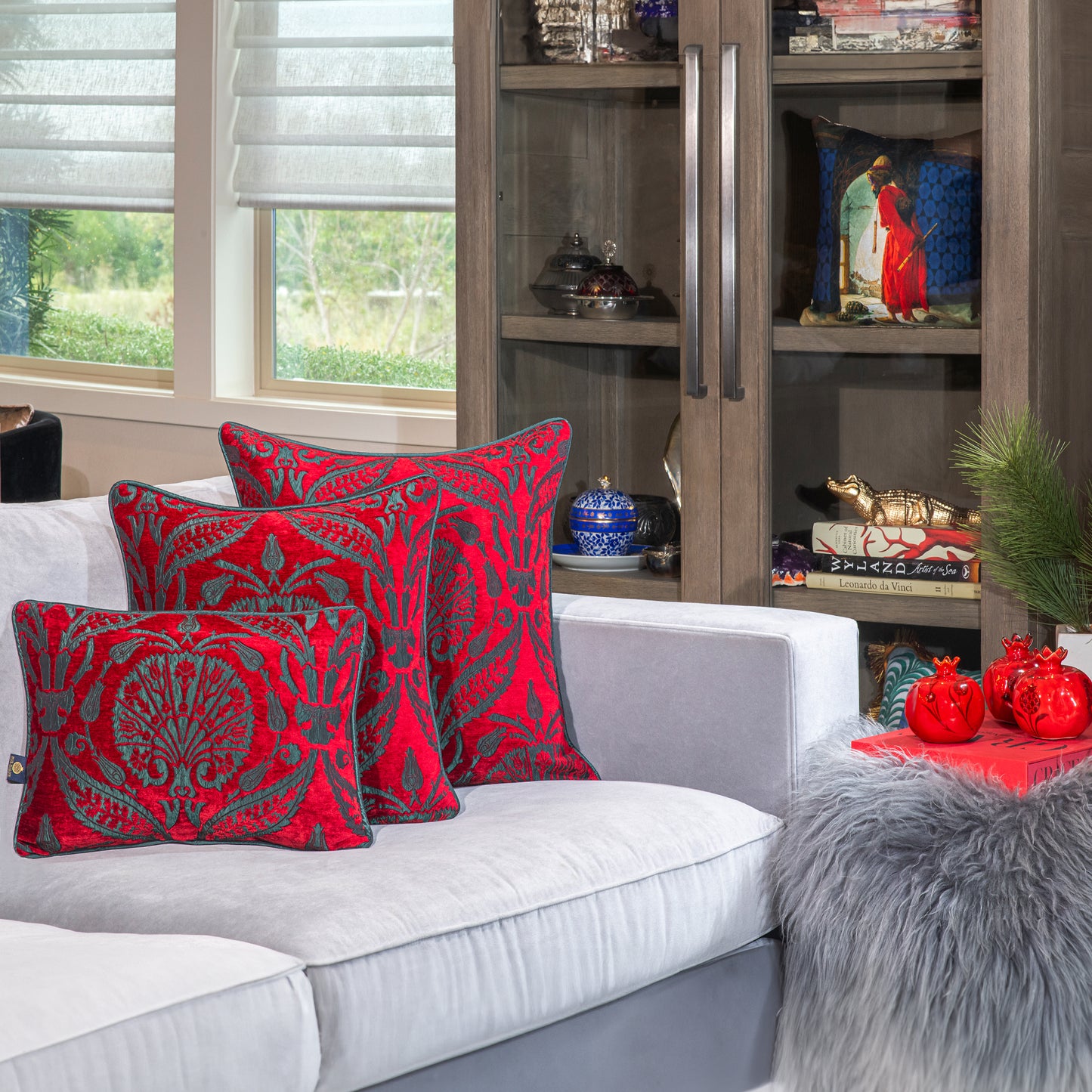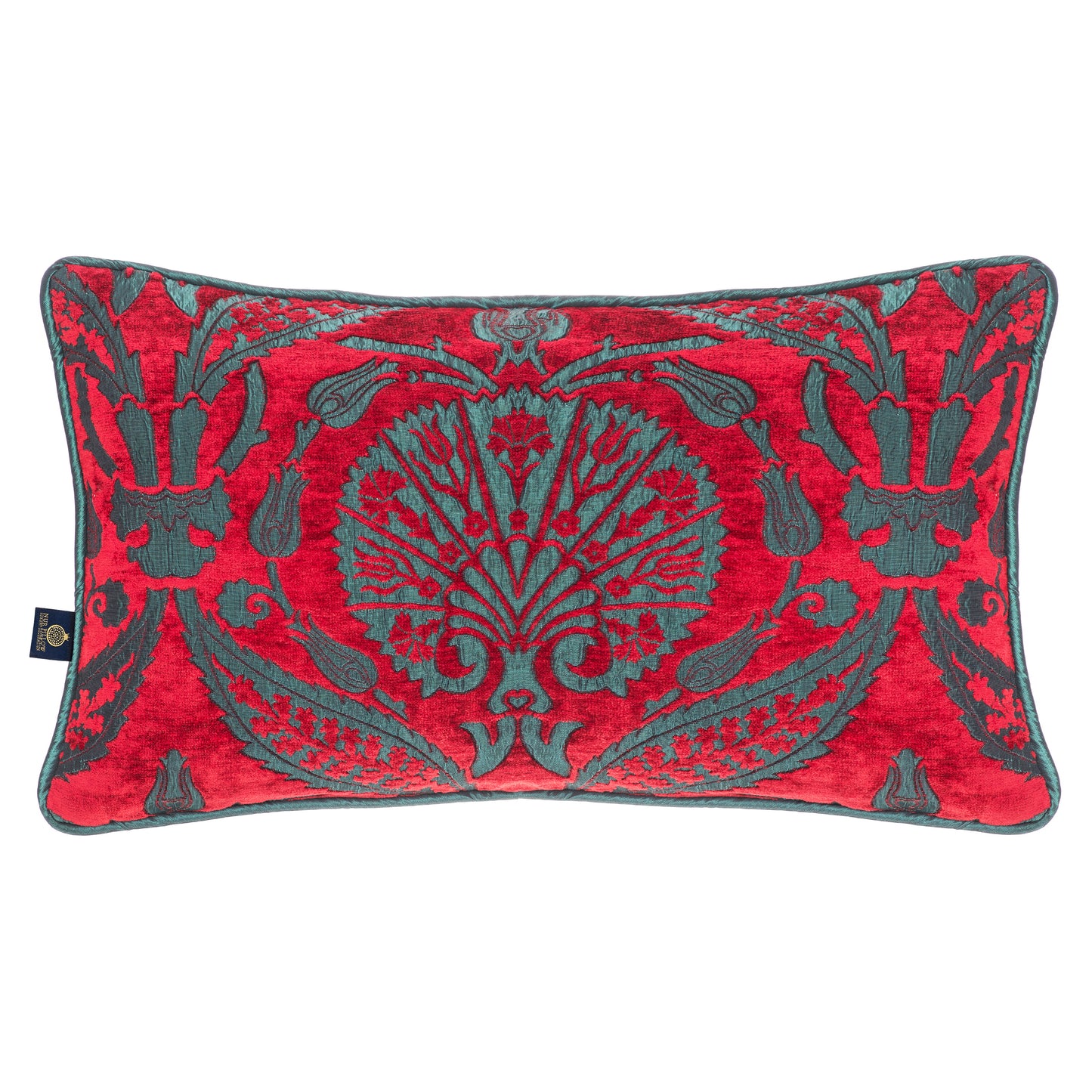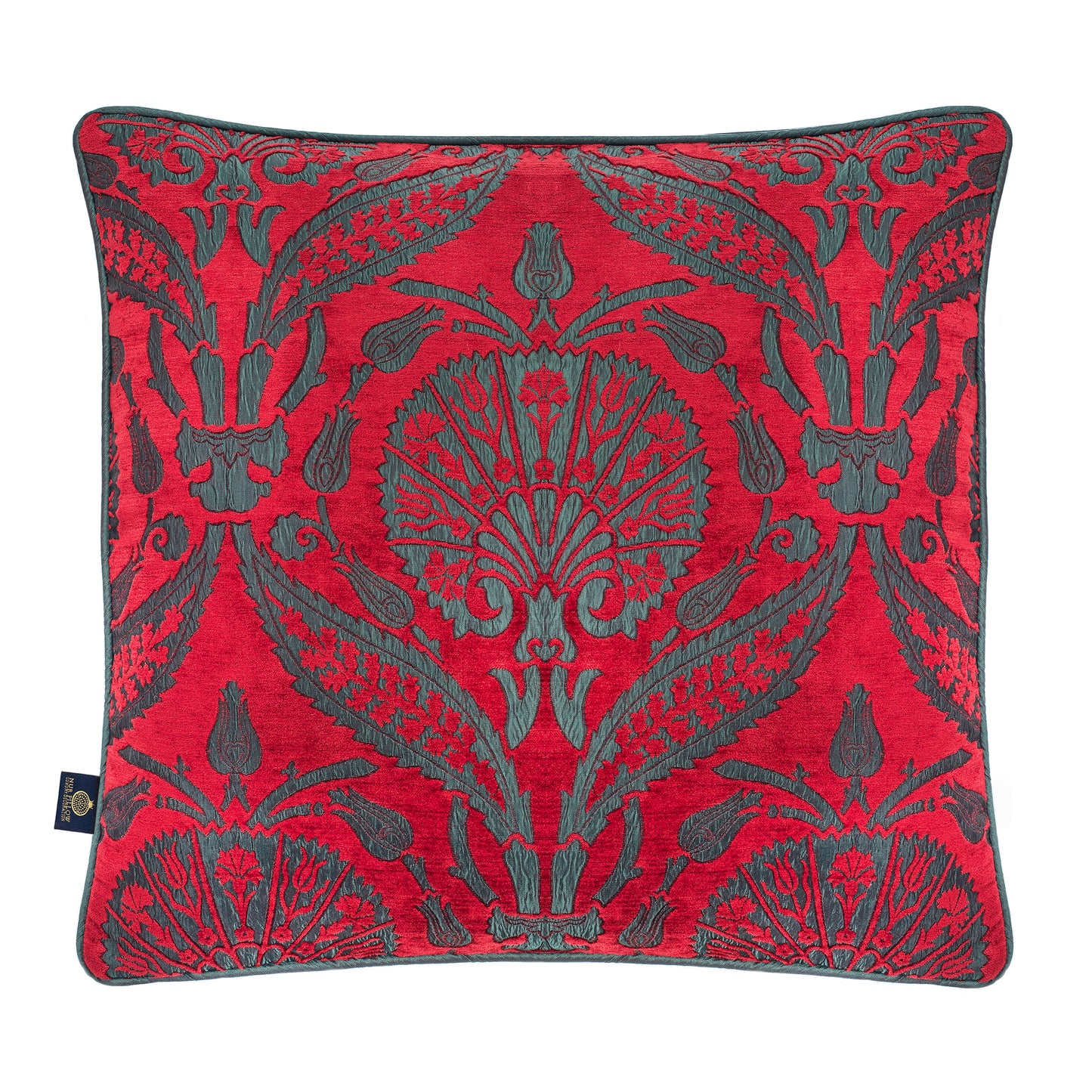Are you in search of an entirely new, rebellious, and unique interior design that never matches any other style? Then most probably, you have a post-modern taste that complies with the contemporary artistic trend. In this article, we will explore postmodernism and decorate our rooms in this recent and unique artistic movement. Firstly, we shall get familiar with the term and then analyze the characteristics of postmodern styles to create our own designs.
Postmodern interior design enjoyed its heyday from the 1970s all the way through the 1990s, when it was at the pinnacle of its appeal. This design movement centered on the idea of freeing the home from the constraints of the mid-century modernist aesthetic. This aesthetic disposition emphasizes everything vibrant, risky, and intricately aesthetically designed. It is completely different from the impact of its forerunner in that it accepts unconventional types of design components. The revival of this design in modern houses is characterized by the use of colors that are significantly more muted.

According to Posh Pennies, the majority of individuals in today's society are spending more time within the comfort of their own houses, which is why they want living quarters that are aesthetically pleasing. You should try out a range of materials, add jolts of color here and there, and make an effort to shake up the routine if you want to get the perfect PoMo scheme in your home, which is commonly referred to by that name. The versatility of this aesthetic is one of its most prominent advantages. You may easily include elements of postmodern style into a basic environment or go maximalist with it, and it will work well with a variety of design trends.
The majority of modernist furniture, in most cases, prioritizes aesthetics over functionality. During this particular era in the history of design, the emphasis was placed more on expressionism than on the conformity of forms or the practicality of the work. Postmodern designers and enthusiasts of the style should look for things that are a reflection of either their personalities or their hobbies. These designs were artistic, expressive, one-of-a-kind, and unusual; but, they were not practical in any way. Objects that are less rigid and restrictive are typical of postmodern design, which is a hallmark of this style of interior decoration. It features an interesting assortment of historical aspects, craft revival, cozy furnishings, and artistic embellishments.
The More the Merrier!

The postmodern aesthetic places a strong emphasis on diversity, embracing the idea that aesthetic tension can produce striking results. The goal is to make use of as many different colors and materials as possible, including wood, plastic, metal, marble, glass, and concrete, among others. The practice of postmodern interior design does not adhere to any strict guidelines, which means that you are allowed to decorate your space in any way that strikes your fancy. If you come across a vase, ornate jug, mirrored bowl, wallpapered dresser or throw pillow that you absolutely enjoy, you should not hesitate to include it in your space. More important than whether or not it "matches" is whether or not it has meaning for you.
Follow Asymmetrical Forms

When it comes to furniture, postmodern pieces are typically characterized by having asymmetrical forms, colors, and patterns of design. These works are not the result of following any of the conventional art principles, which regulate the vast bulk of the design features. The desires, wishes, and preferences of people were taken into consideration while designing this furniture trend, which was strongly impacted by popular culture. According to Moderno House, much as the postmodern art movement fought back against the modern art movement, furniture fought back against all of the movements that came before it.
Consider adding a coffee table to your space that has a peculiar pattern or a vibrant color that stands out against the rest of the room's color scheme in order to finish off the aesthetic in your area. Accent chairs arranged in a unique configuration could be included into the space as an alternative to adding a coffee table. The shocking and awe-inspiring effect that is produced when such a strong contrast is present in the same room is exactly what is required in order to accomplish the ideal postmodern decor design. In this particular fashion decision, all styles and shapes from all different eras can coexist, and it places an emphasis on atypical forms and colors.

You should include features that are whimsical and out of the ordinary in your room if you want to accomplish the postmodern style to its fullest potential. According to Curbed, one may add Memphis-influenced aspects that were ubiquitous in popular culture at the time. Some examples of these elements include the twisted and squiggly lines that inspired the bulk of designs in that style. The incorporation of these components into your setting can be accomplished in a number of uncomplicated and ingenious methods. You may hang enormous shapes on a wall or arrange items on a couch. Throw pillows in different shapes and sizes are one of the easiest ways of creating a post-modern atmosphere in your living room since they add to the multiplicity of the furniture and are easy to be modified according to the other objects.
Enjoy the Vivid Colors
If the area is lacking an accent wall, you might want to consider decorating one of the walls with a wallpaper pattern that features vivid colors. According to Courtnay Tartt Elias, of Creative Tonic Design, the objective is to create a space that is full of features that are "fun, lively, and quirky" and are intended to be disruptive. This information was obtained from House Beautiful. The Memphis style has the potential to infuse a space with a great lot of character and gives you the option to produce truly unique visual moments. It doesn't matter what it is—a piece of furniture, a work of art, a print, or even just an appealing shape—it may brighten the environment.

Marvel with the Unexpected
When it comes to interior design, postmodern style involves the production of "wow" moments. These are the pieces that will bring the rest of the room to life and catch the interest of both you and your guests. If you are unable to track down vintage artifacts or modern reproductions, you might want to think about incorporating an uncommon element into your design. Because of its ability to captivate and interest customers, asymmetry is a fundamental component of this approach to product design (via Invaluable). If you want to create a dramatic visual appeal to a room, consider using lamp bases with unusual shapes, vases, or three-dimensional animal statues.
Postmodernism in the 1970s was defined by bold forms and vibrant hues; nevertheless, contemporary designers are deviating from the norm considerably to create new and interesting looks. According to Wood Grain, in order to incorporate postmodern decor into your house in a manner that is contemporary, continue adding these bold hues, but do it in color palettes that are subdued for a softer, more balanced look. If you want to be successful in adding aesthetic appeal to your space via the use of color, you might want to investigate the possibility of incorporating colors that are influenced by art deco. There is a possibility that this will include shades of metallic, burnt orange, avocado green, and mustard yellow.
You are recreating the diverse atmosphere of the present when you make room for color combinations that seem incompatible to coexist in the same place. The most postmodern design concept will be achieved when it is possible to create continuity among the space's dramatic yet muted hues and geometric patterns.

To improve the aesthetic of your modernist design, try to include multiple light fixtures into a single space. According to Architectural Digest, one should focus on the combination of lighting fixtures that may be used together or separately to increase the space's adaptability. In the event that you change your mind or decide to move a light, you'll want the space to feel flexible and not empty. Consider placing a standard table light on one side of the sofa table and a lamp with an unusual shape on the other.
Adding stunning geometric design elements all over the space is a tried-and-true method to improve the overall current feel of your location. When choosing rugs, upholstered chairs, and cushions, you should pay particular attention to the patterns on the fabric used for those items. The appearance of cohesion can be achieved by arranging flat colors and simple geometric forms in dramatic patterns that contrast with one another. If you want your home to have a postmodern feel, you should decorate with things that have patterns like abstract squiggles or black-and-white stripes.
Make it New!
The goal of a great postmodern interior design is to have the viewer's attention move around the area, discovering something new and exciting with every rotation of their head. When you have guests over to your place, you want them to be attracted by your sense of style because this will encourage conversation and show your interests and preferences. Spread your excitement to others through the use of your decorations, and don't forget to incorporate some of your own effects into the modernist setting.

